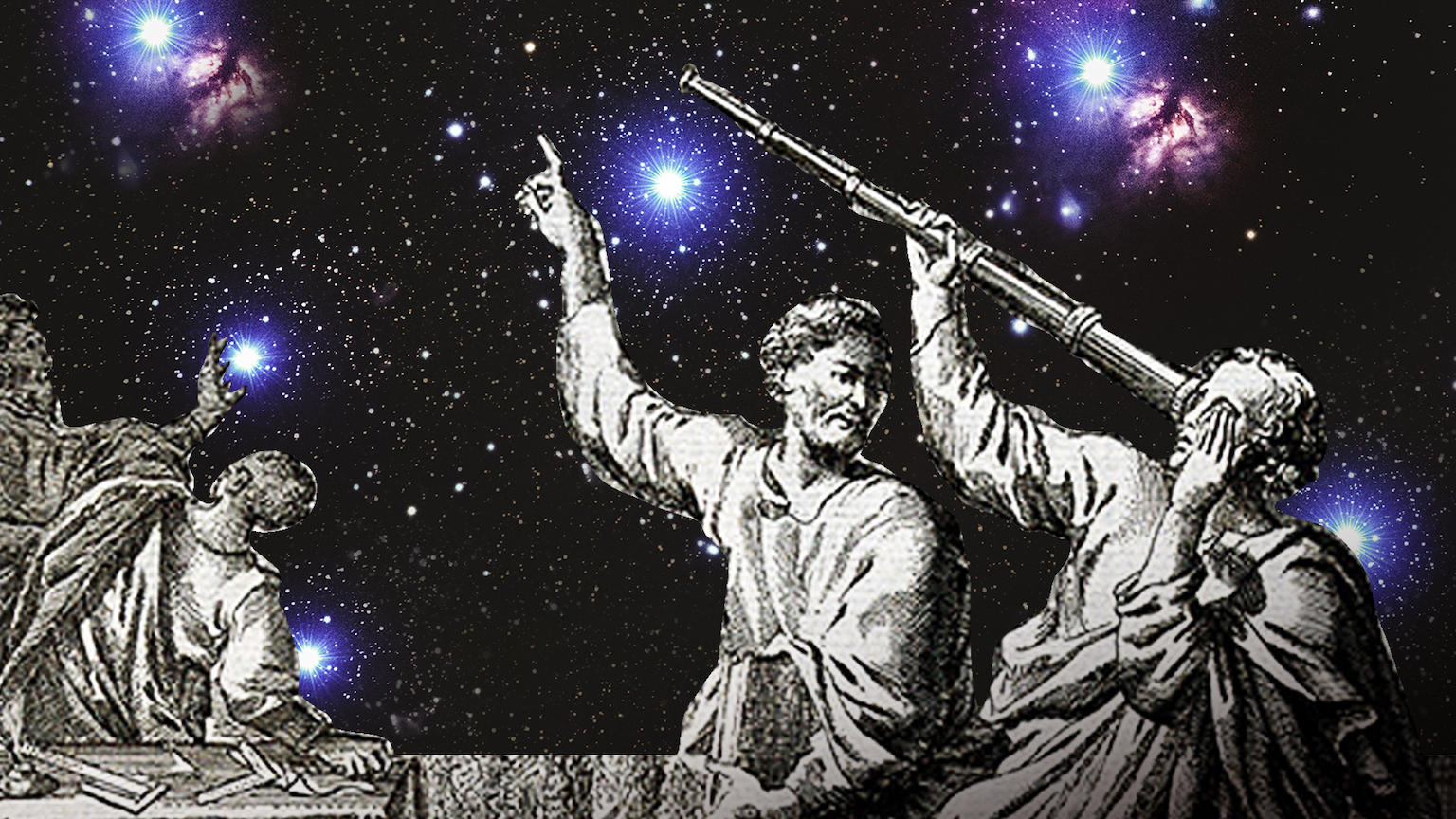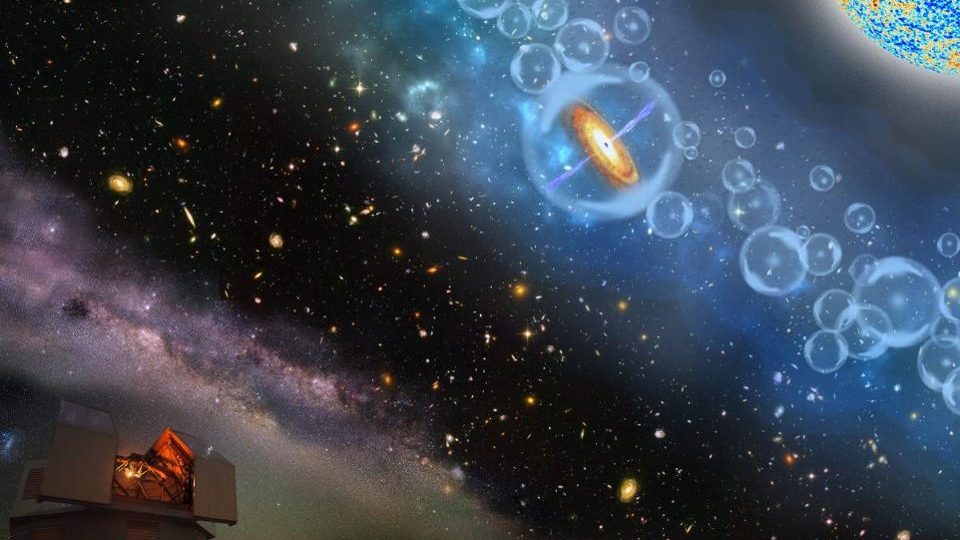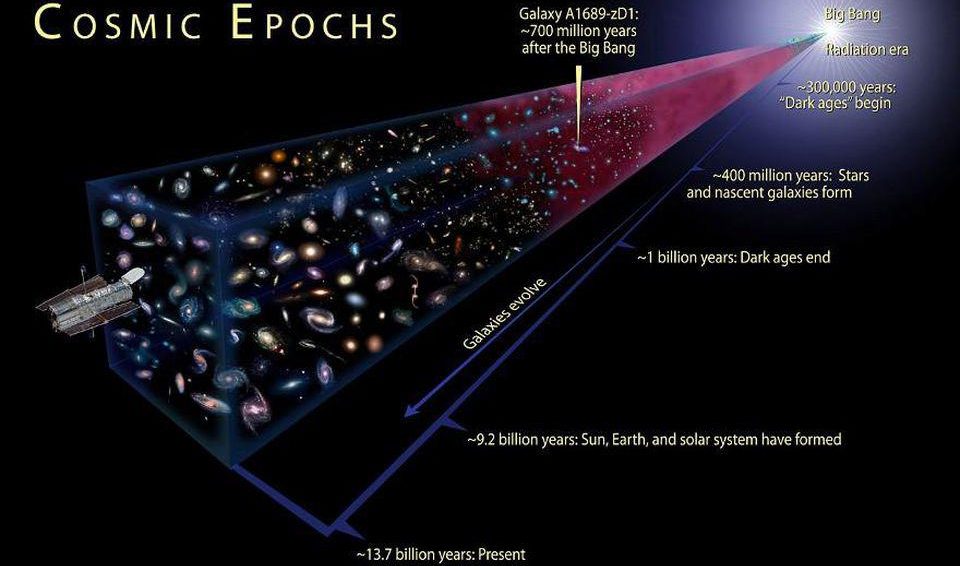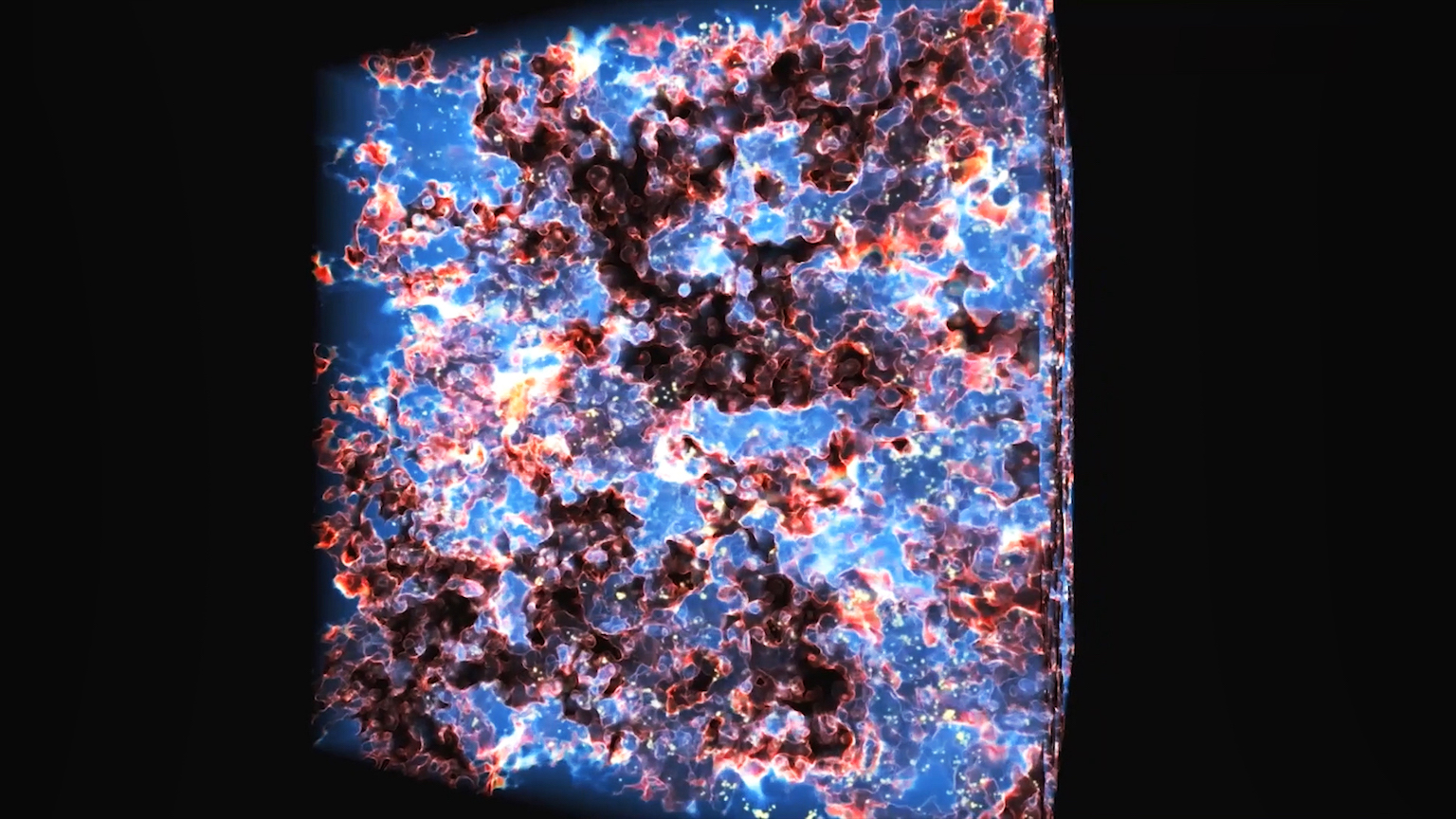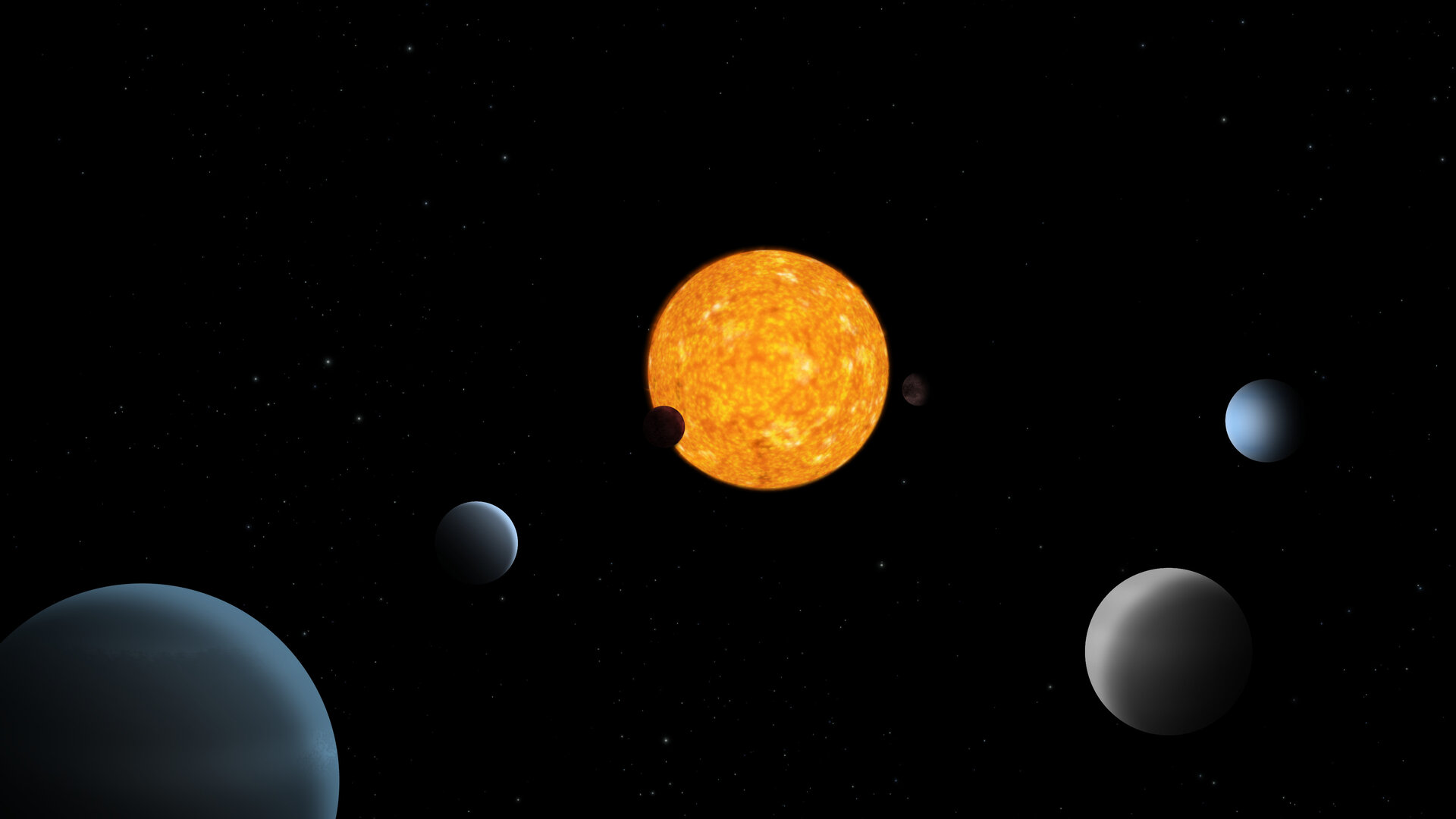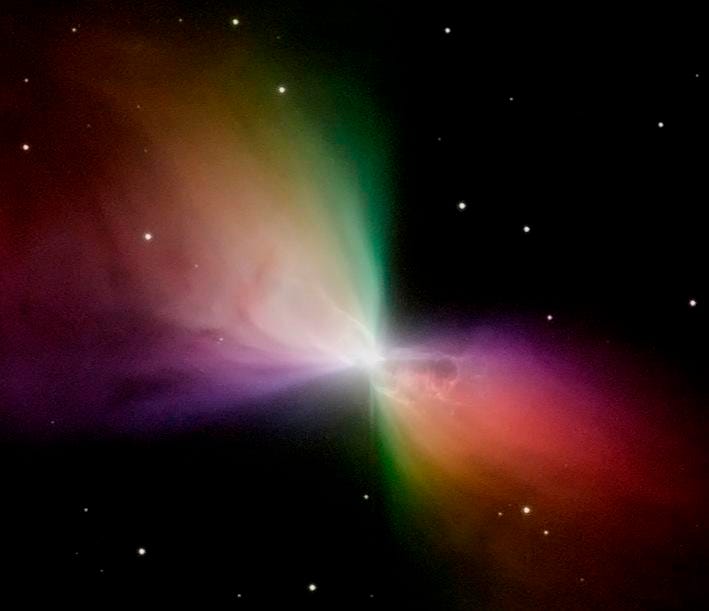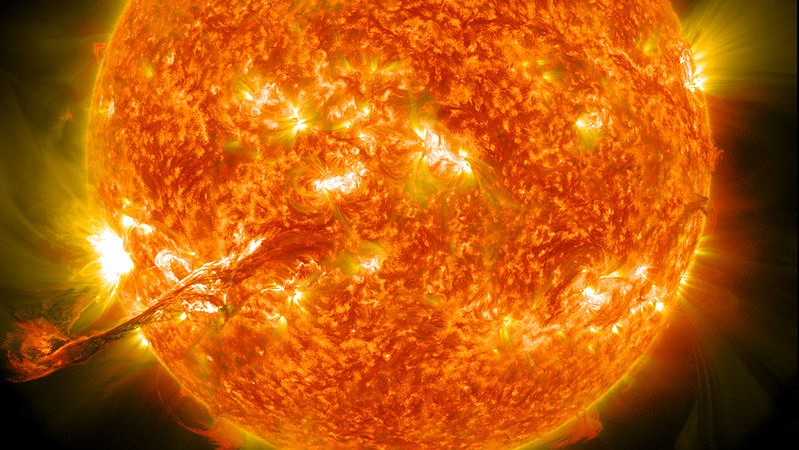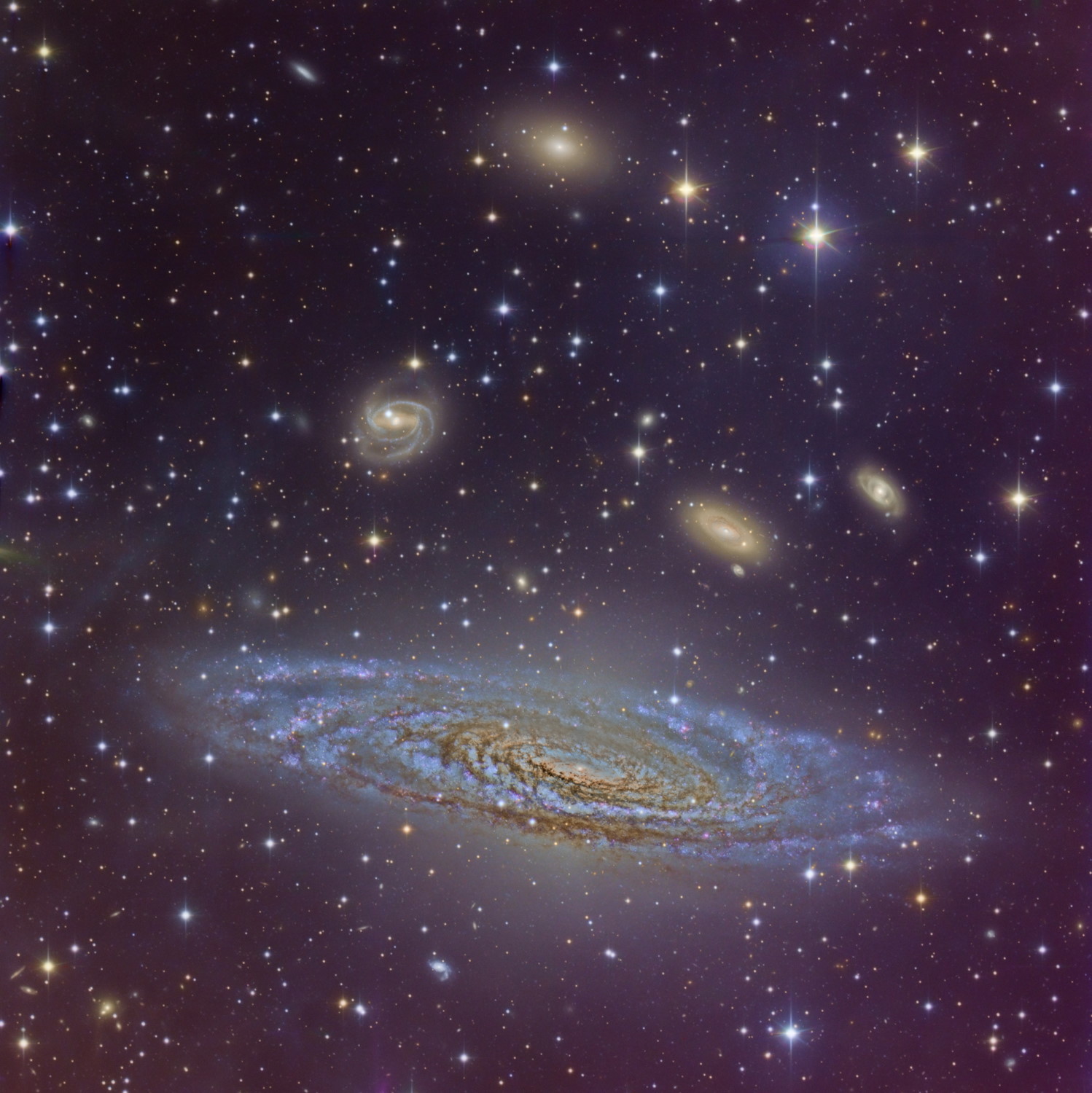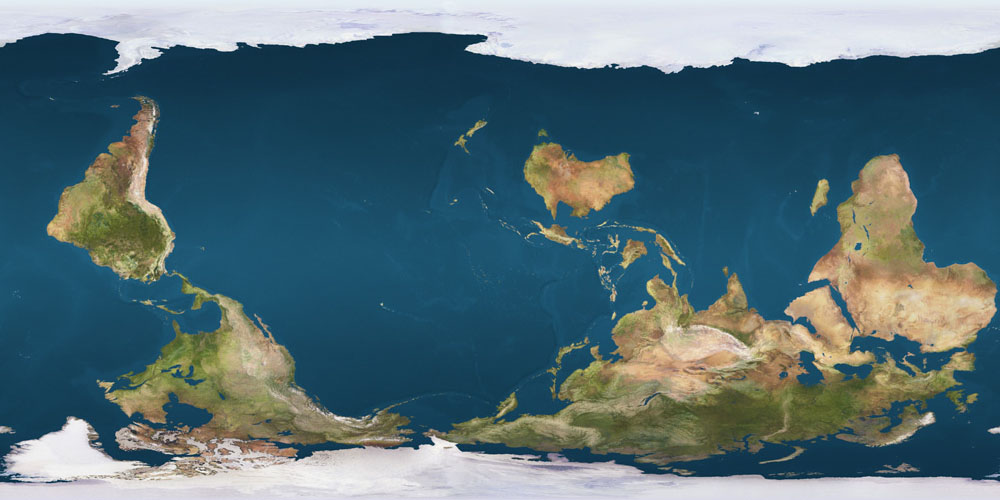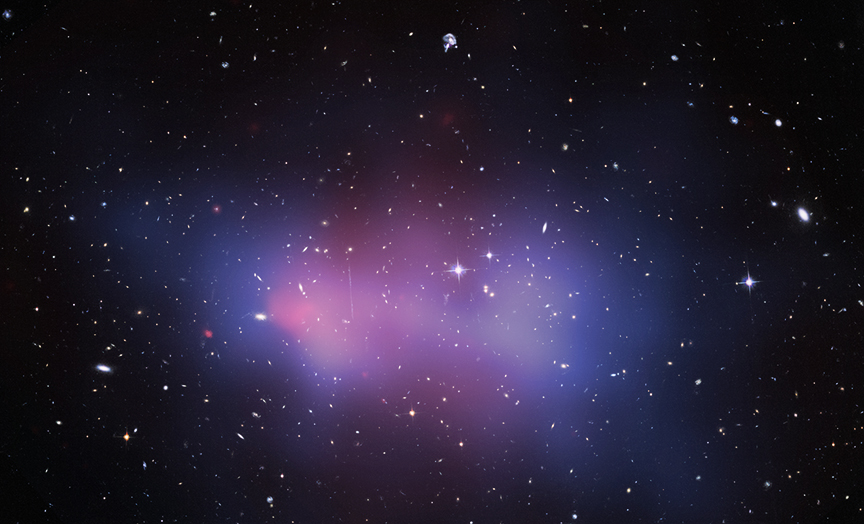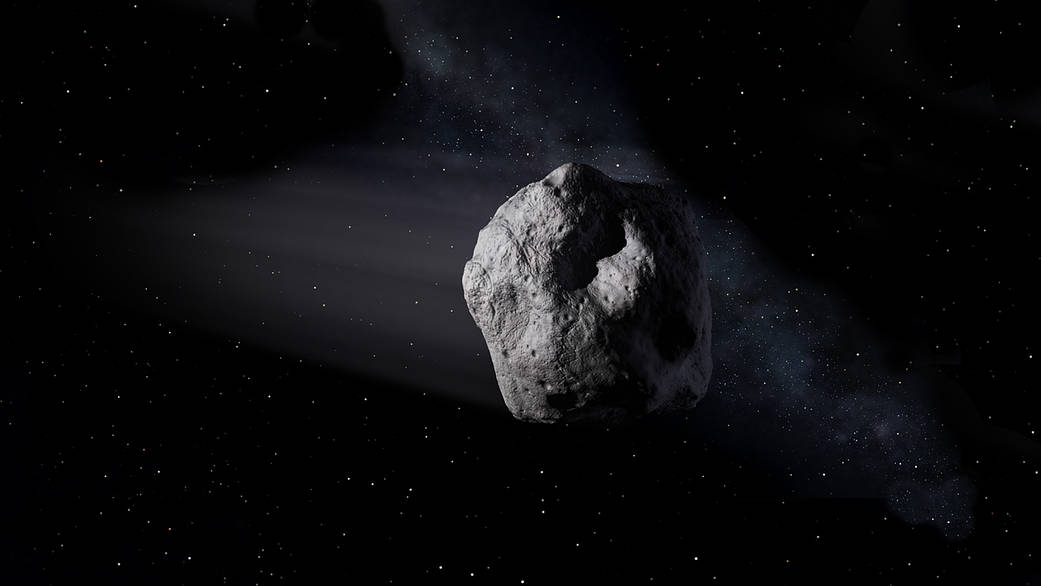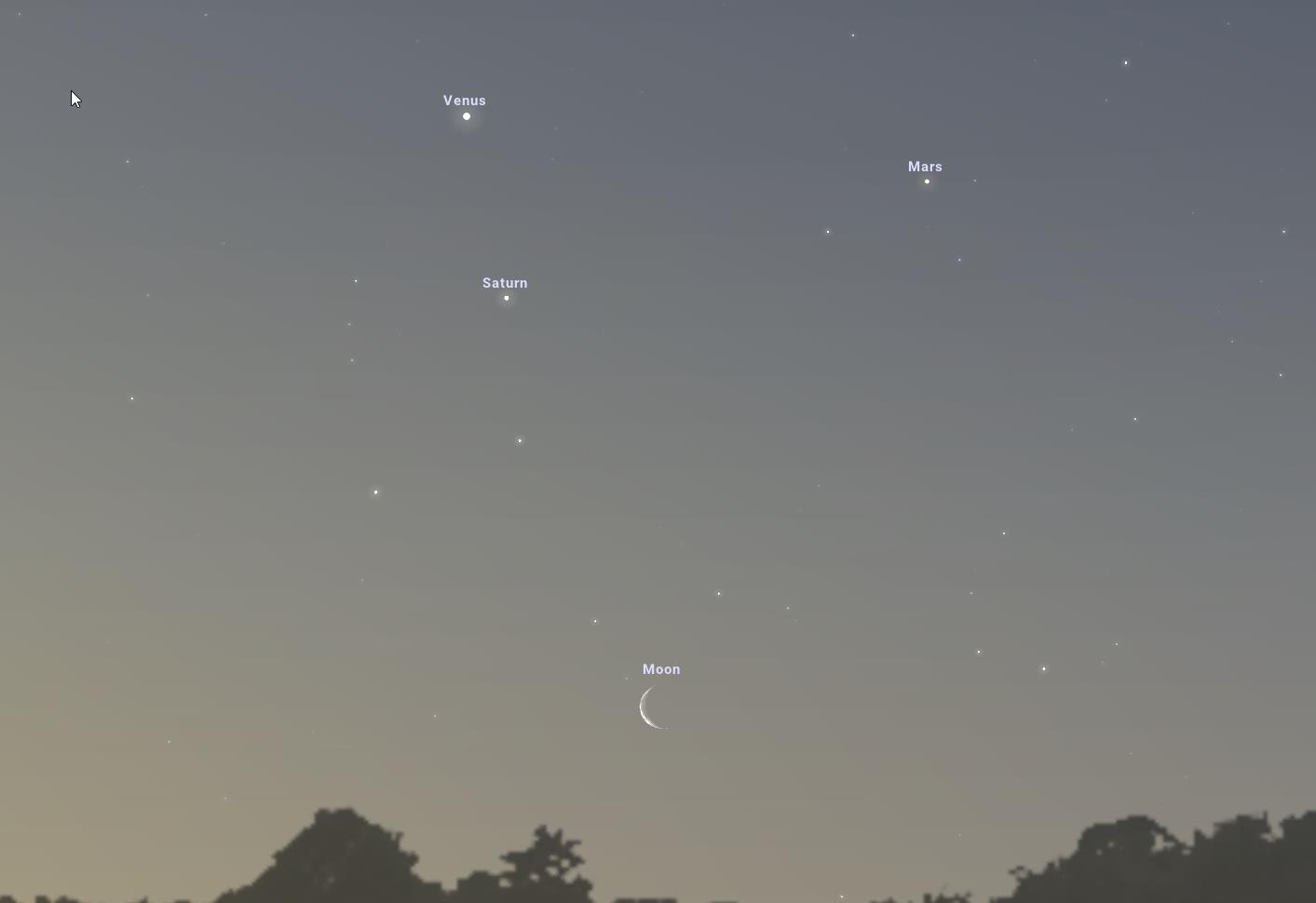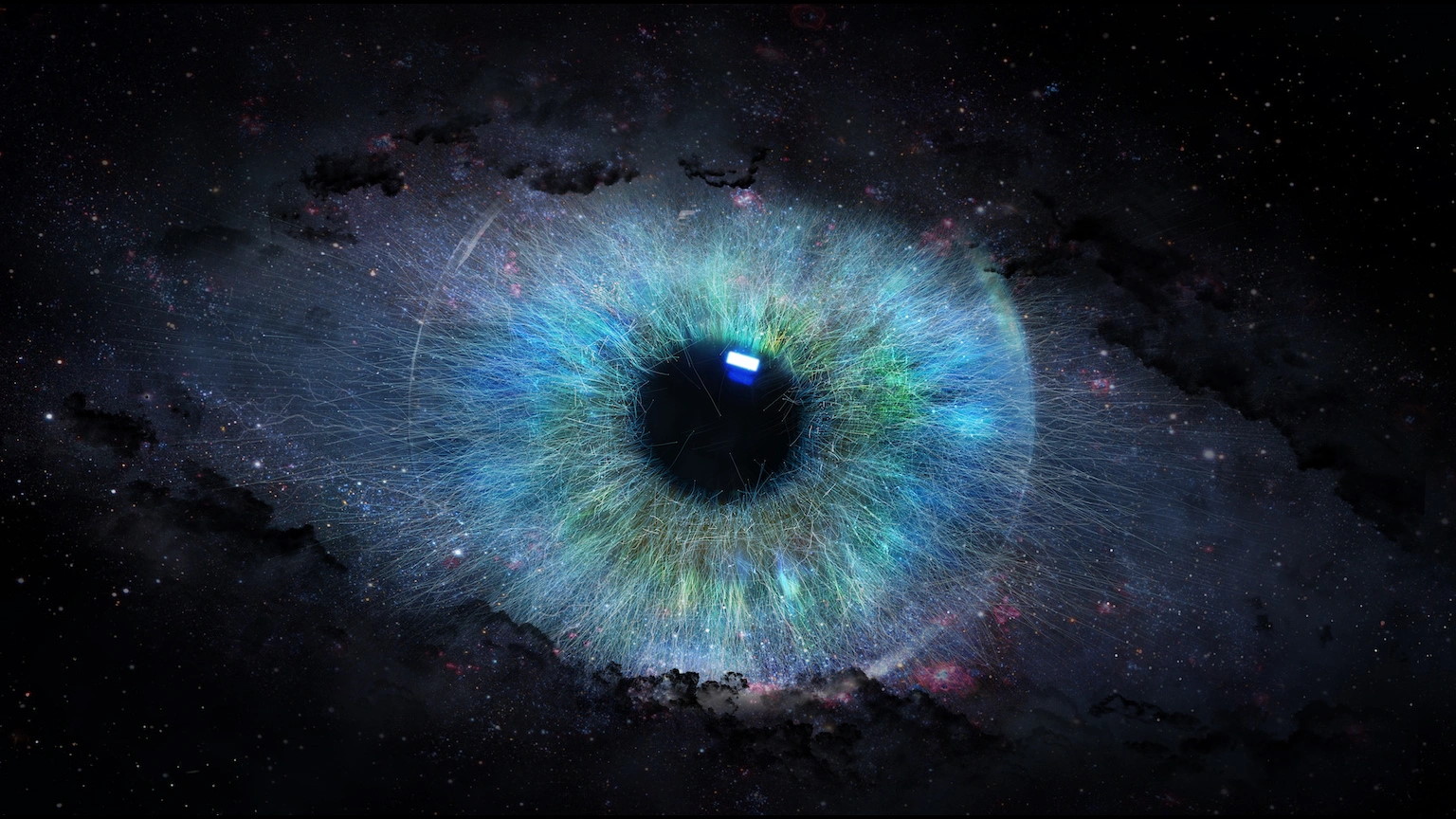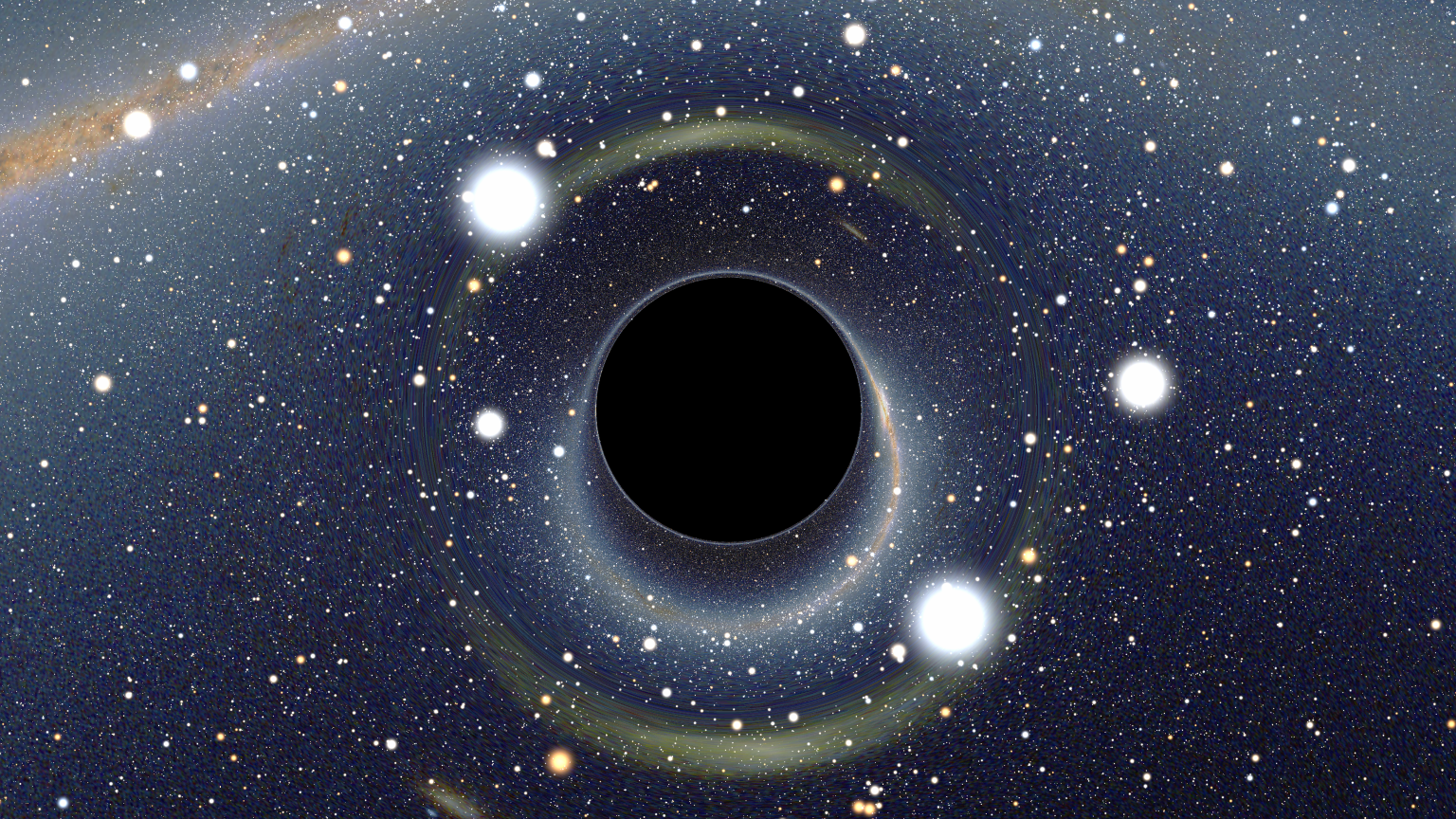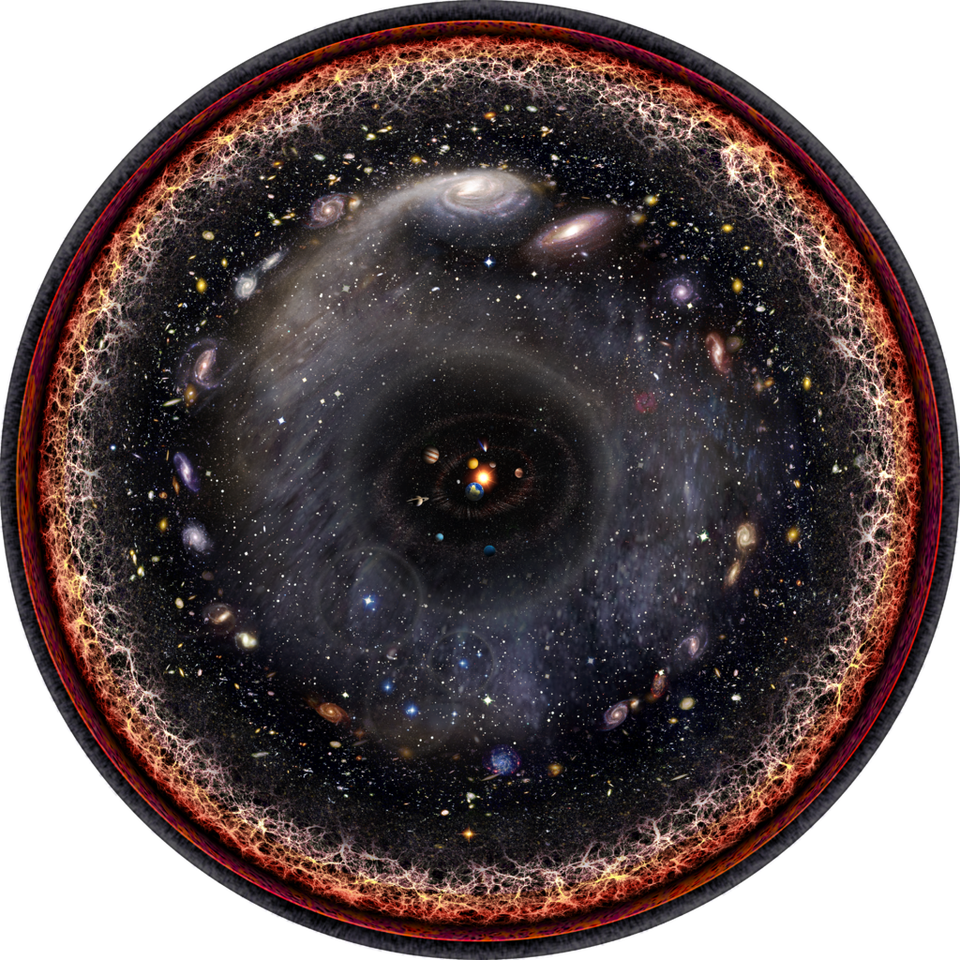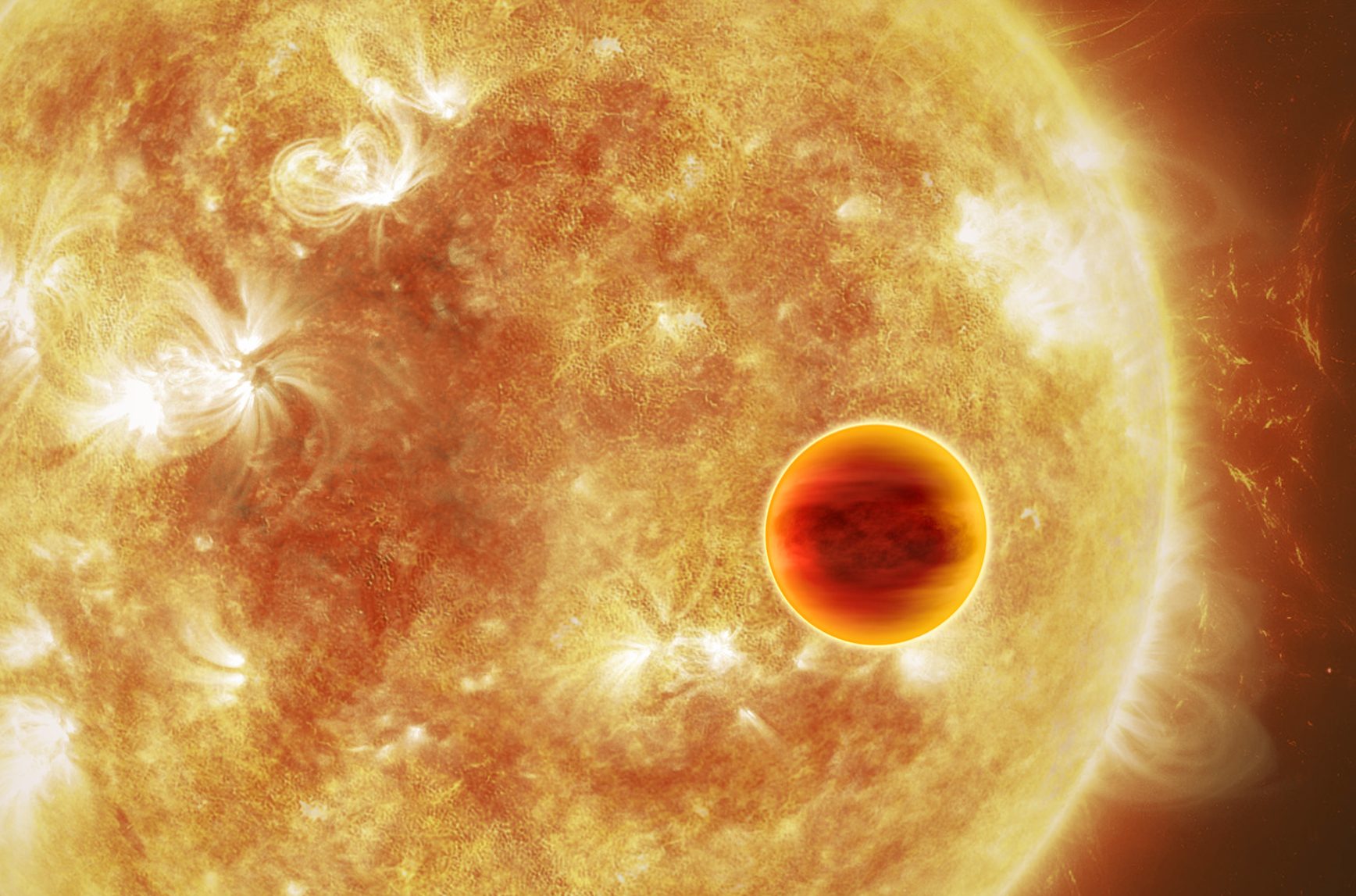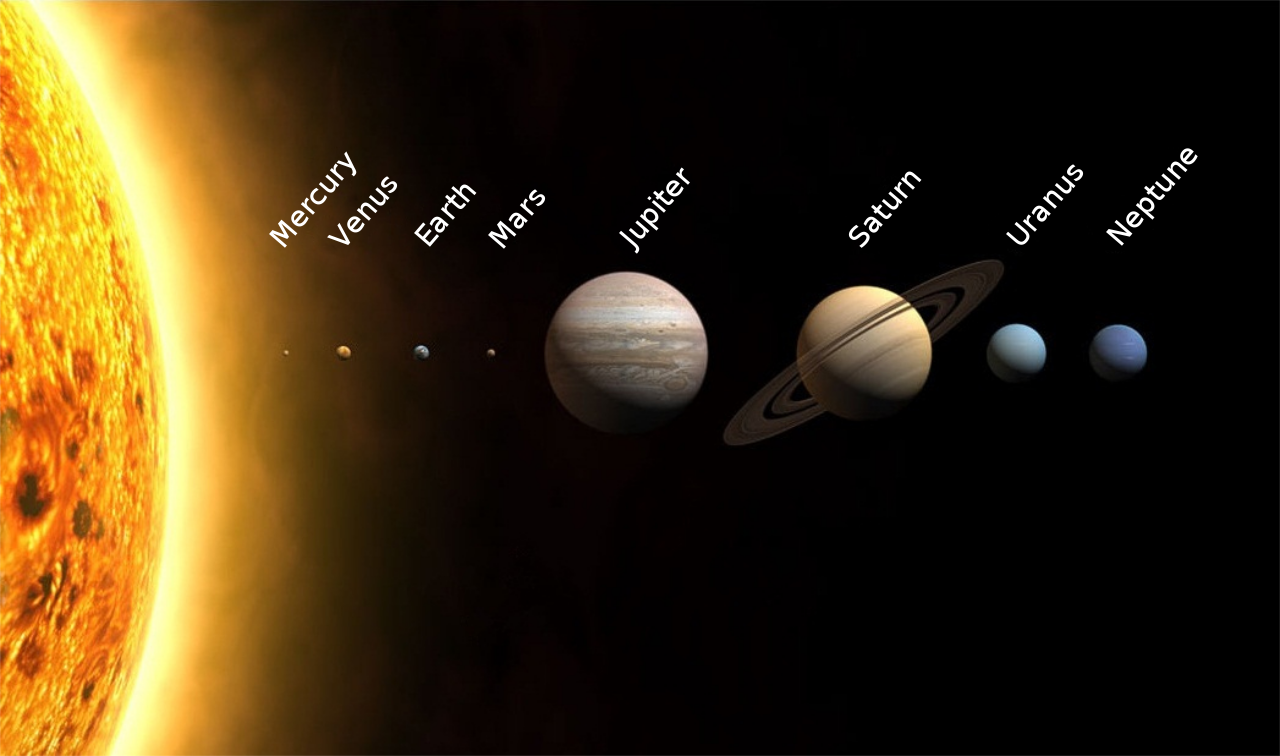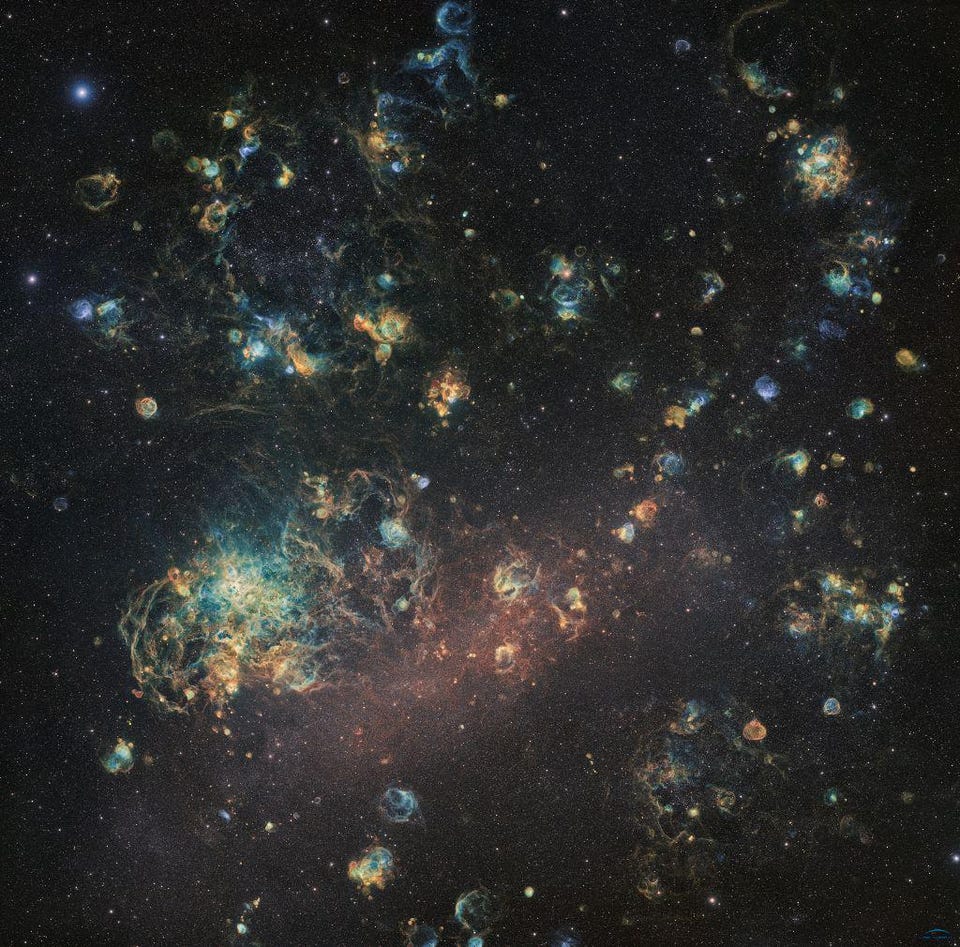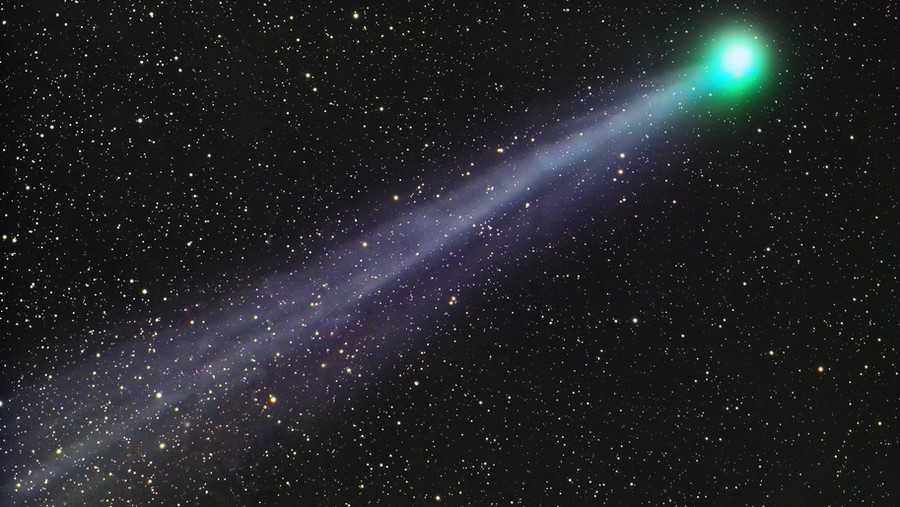Space & Astrophysics
From the tablets of the Babylonians to the telescopes of modern science, humans have always looked to the skies for fundamental answers.
Galactic archaeology has uncovered a spectacular find: the Milky Way already existed more than 13 billion years ago.
Multiple lines of evidence — physical, chemical, and biological — must converge for scientists to conclude that alien life has been found.
To answer any physical question, you must ask the Universe itself. But what happens when the answers aren’t around anymore?
Even a tiny sliver of the Universe can reveal the cosmic story of what’s out there and how it came to be the way it is today.
Michio Kaku predicts, among other things, how we’ll build cities on Mars and why cancer will one day be like the common cold.
The closest star system to Earth, just over 4 light-years away, has three stars and at least one Earth-sized planet. Is it time to go there?
The James Webb Space Telescope could help scientists learn about the cosmic dark ages and how they ended.
In 1990, we only knew of the planets in our own Solar System. Today, the exoplanet count is more than 5000. Here’s what we’ve learned.
Empty, intergalactic space is just 2.725 K: not even three degrees above absolute zero. But the Boomerang Nebula is even colder.
When we started imaging the Universe with Hubble, every star had four “spikes” coming from it. Here’s why Webb will have more.
Forty Starlink satellites were destroyed earlier this year in a geomagnetic storm.
Knowing that technology would advance in the future, NASA put some moon rock samples into storage without opening them. Now, they have.
Aerial drone footage was sent to an AI trained to track down space rocks.
The far infrared reveals both the coldest and hottest gas in the Universe, and can teach us what no other wavelength range can.
Is there any good reason for assigning North and South the way we do, or could we have just as easily done the reverse?
The laws of physics state that you can’t create or destroy matter without also creating or destroying an equal amount of antimatter. So how are we here?
60% of all potentially dangerous asteroids remain undetected.
In the night sky for March of 2022, only stars and the Moon, not planets, will greet you. The real show, however, arrives just before dawn.
Despite all that we’ve learned about the Universe, there remain unanswered, and possibly unanswerable, questions. Could “God” be the answer?
Astronomers used supercomputers and an international network of antennas to create the stunning map.
If dark matter exists in a large halo in our galaxy, made up of particles, then it’s passing through us constantly. But how much?
When we look out at the Universe, even with Hubble, we’re only seeing the closest, biggest, brightest galaxies. Here’s where the rest are.
There’s a limit to how large planets can be, and it’s only about double the radius of Jupiter. At least, so far.
Despite being the closest planet to the Sun, Mercury “only” reaches 800 °F at its hottest. Venus is always hotter, even at night.
Professional astronomy images are the gold standard. But this Large Magellanic Cloud composite is the amateur community’s best image ever.
Our research on a Martian meteorite provides new clues about early surface conditions on the red planet.
If you think of the Big Bang as an explosion, we can trace it back to a single point-of-origin. But what if it happened everywhere at once?
Is the multiverse real? It’s one of the hottest questions in all of theoretical physics. We invited two astrophysicists to join the debate.
“When molecules misbehave, it can lead to great insight.”
